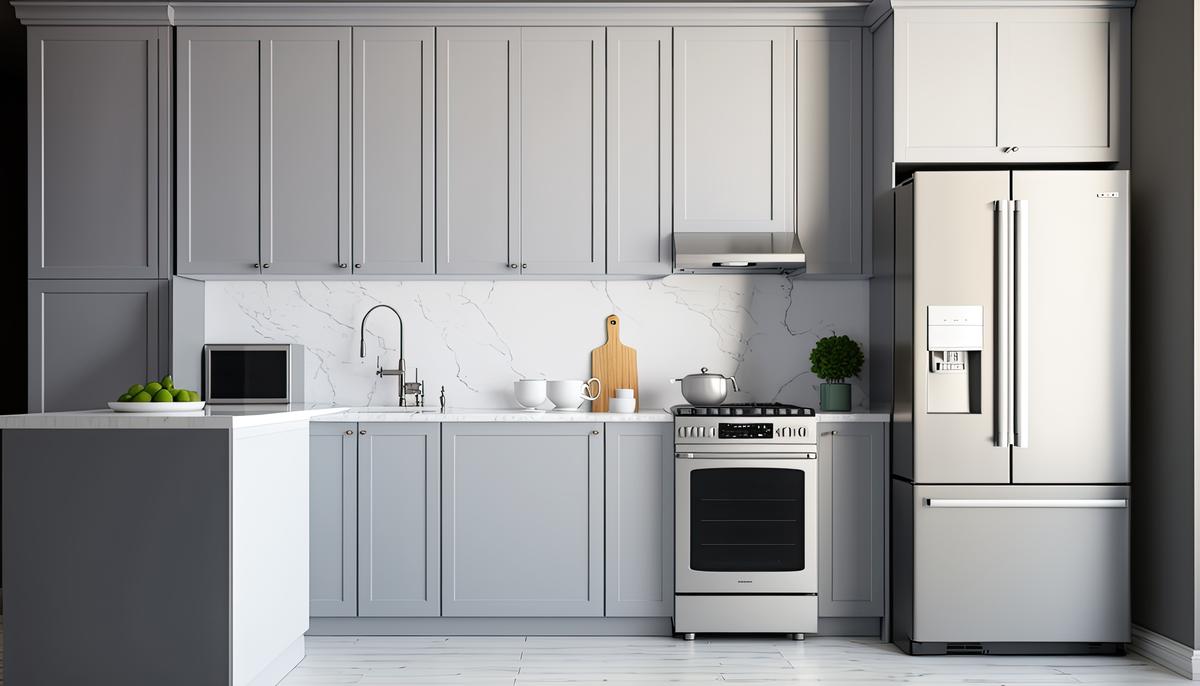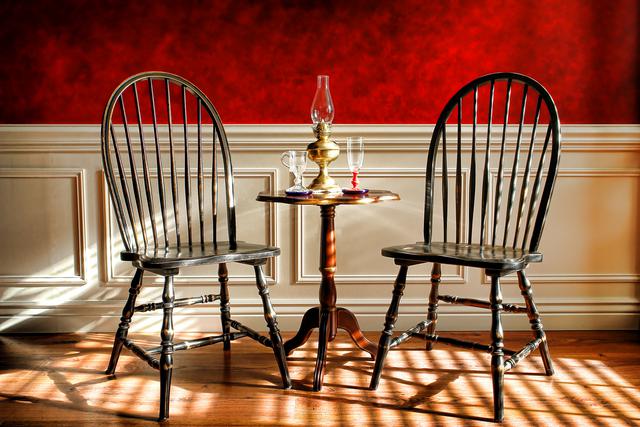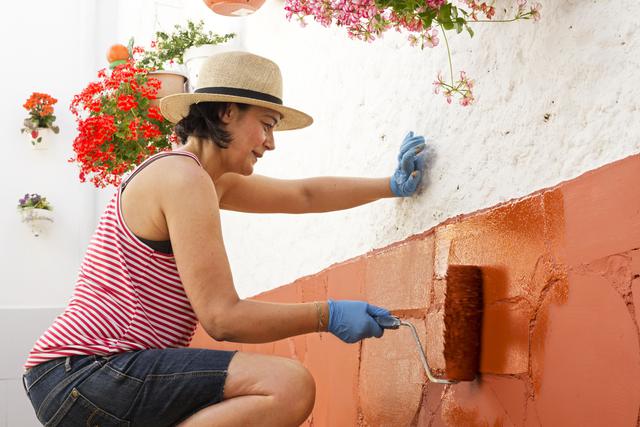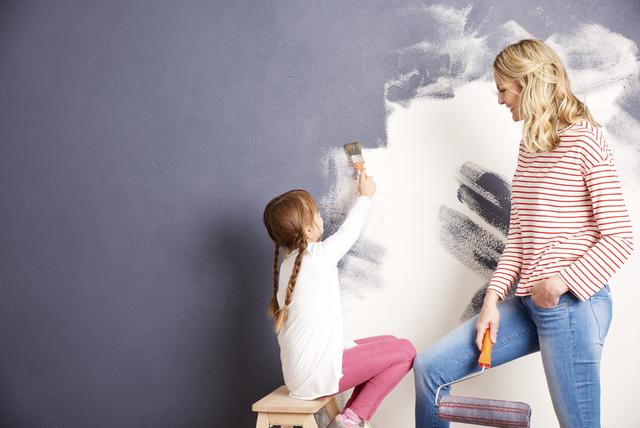Breathing new life into your cabinets with a fresh coat of paint or stain can significantly improve the appearance of your kitchen or bathroom. Having the right materials on hand will make the process smoother and ensure a professional-looking result. In this article, we'll discuss the essential materials needed for painting or staining cabinets.
Selecting the Right Paint or Stain
Choosing a high-quality paint or stain is crucial for a successful cabinet makeover. For paint, opt for a durable, semi-gloss or satin finish that can withstand frequent cleaning. If you prefer a stained look, select a stain that complements your existing décor and provides the desired level of opacity.
Cleaning and Degreasing Supplies
Before applying paint or stain, thoroughly clean and degrease your cabinets to ensure proper adhesion. Use a mild detergent or a dedicated cabinet cleaner to remove grease, grime, and any other contaminants. A microfiber cloth or sponge works well for this purpose.
Sandpaper and Sanding Block
Sanding your cabinets is an essential step to promote paint or stain adhesion and ensure a smooth finish. Use medium-grit sandpaper (120-150 grit) for initial sanding, and fine-grit sandpaper (180-220 grit) for final sanding. A sanding block will help maintain even pressure for a consistent finish.
Primer and Applicators
A high-quality primer prepares the cabinet surface for paint or stain, ensuring proper adhesion and an even finish. Choose a primer compatible with your chosen paint or stain and apply it with a brush, roller, or paint sprayer, depending on your preference and the size of your project.
Quality Brushes, Rollers, or Paint Sprayer
Invest in quality brushes or rollers for a smooth, professional-looking finish. Synthetic brushes work well with water-based paints, while natural-bristle brushes are best for oil-based paints and stains. Foam rollers provide a uniform finish with minimal brush strokes. Alternatively, a paint sprayer can offer fast, even coverage but may require additional preparation and cleanup.
Painter's Tape and Drop Cloths
Protect surrounding surfaces from paint or stain by using painter's tape to mask off areas you don't want to paint. Place drop cloths on the floor and countertops to catch any drips or spills.
Protective Gear and Ventilation
Wear protective gear, such as gloves and safety glasses, to avoid contact with paint or stain. Ensure proper ventilation by opening windows and using fans to circulate air, as paint and stain fumes can be harmful if inhaled in large quantities.
Cleanup Supplies
Prepare for cleanup with materials like paint thinner or mineral spirits for oil-based products, or warm soapy water for water-based products. Keep clean rags and a trash bag handy for quick disposal of used materials.
Painting or staining your cabinets can dramatically transform your kitchen or bathroom. By gathering the right materials, such as high-quality paint or stain, cleaning supplies, sandpaper, primer, brushes, painter's tape, drop cloths, and protective gear, you can achieve a stunning and professional-looking result. With some time and effort, you'll be able to enjoy the fresh new look of your revamped cabinets.






comments